Introduction
In the realm of gourmet cuisine, few dishes evoke a sense of opulence and exoticism quite like coconut-braised shark’s fin. This dish, with its rich, creamy texture and delicate flavors, is a testament to the culinary artistry that combines ingredients from both land and sea. While shark’s fin might be a controversial ingredient due to ethical and sustainability concerns, this article aims to provide a historical and culinary perspective on how to prepare this dish, emphasizing the traditional techniques and ingredients used. It is important to note that many people choose to avoid shark’s fin due to these concerns, and sustainable alternatives are encouraged.

The combination of coconut milk and shark’s fin is a classic in many Southeast Asian and Chinese cuisines, where both ingredients are highly valued for their unique tastes and textures. Coconut milk adds a creamy richness to the dish, while shark’s fin, despite its controversial status, is prized for its delicate, almost gelatinous consistency when cooked properly.
Before diving into the recipe, it’s essential to understand the preparation and sourcing of the main ingredients. Shark’s fin, traditionally sourced from the fins of various shark species, requires careful handling to ensure both quality and sustainability. In recent years, many chefs and food enthusiasts have advocated for the use of plant-based alternatives or sustainable seafood options to replace shark’s fin in traditional recipes.
Historical Background
The history of shark’s fin as a culinary delicacy dates back centuries, with early records indicating its use in Chinese imperial courts. It was considered a symbol of luxury and status, often served at important banquets and celebrations. Over time, the demand for shark’s fin spread to other parts of Asia, including Southeast Asia, where it became a staple in high-end restaurants and at special occasions.
The integration of coconut milk into shark’s fin dishes is a more recent development, reflecting the culinary fusion that has occurred in the region. Coconut milk, derived from the grated flesh of mature coconuts, adds a tropical sweetness and creaminess that complements the delicate flavor of shark’s fin.
Ingredients and Preparation
To make coconut-braised shark’s fin, you’ll need a combination of fresh and dried ingredients, each playing a crucial role in the final dish. While the traditional recipe calls for shark’s fin, this section will also suggest sustainable alternatives for those who wish to avoid this ingredient.
Ingredients:
-
Shark’s Fin (or Sustainable Alternative):
- Traditional: Dried shark’s fin, preferably from a sustainable source.
- Alternative: Seaweed or mushroom-based substitutes, such as konjac or shiitake mushrooms, which can be shredded to mimic the texture of shark’s fin.
-
Coconut Milk:
- Fresh coconut milk, made by blending grated coconut flesh with water and straining.
- Alternatively, use canned coconut milk for convenience.
-
Aromatics and Seasonings:
- Ginger, sliced thinly.
- Garlic, minced.
- Shallots, finely chopped.
- Spring onions, chopped.
- Light soy sauce.
- Dark soy sauce.
- Shaoxing wine (or dry sherry as a substitute).
- Sugar.
- Salt.
- White peppercorns.
-
Stock:
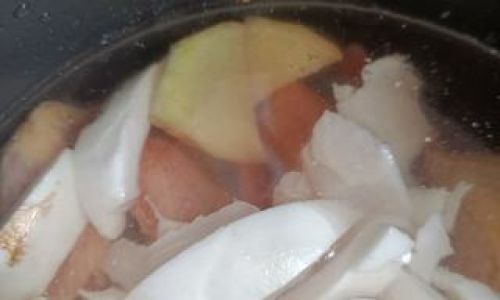
Chicken or vegetable stock, preferably homemade for added flavor.
-
Garnishes:
- Coriander leaves.
- Fried shallots (optional).
- Chili flakes (optional, for a spicy kick).
Preparation Steps:
-
Preparing the Shark’s Fin (or Alternative):
- If using dried shark’s fin, soak it in cold water overnight to soften. The next day, change the water and boil the fins gently for about 30 minutes to remove any impurities. Drain and rinse thoroughly.
- For the alternative, prepare the konjac or shiitake mushrooms by shredding them into thin strips. Blanch them in boiling water for a few minutes and then drain.
-
Making Coconut Milk:
- If using fresh coconuts, grate the flesh and blend with enough water to form a smooth liquid. Strain through a cheesecloth to remove any fiber.
- Alternatively, open a can of coconut milk and mix it well before use.
-
Cooking the Aromatics:
In a large pot or wok, heat a small amount of oil over medium heat. Add the sliced ginger, minced garlic, and finely chopped shallots. Stir-fry until fragrant, about 2-3 minutes.
-
Adding the Shark’s Fin (or Alternative) and Seasonings:
- Add the prepared shark’s fin (or mushroom strips) to the pot. Pour in enough chicken or vegetable stock to cover the ingredients.
- Add light and dark soy sauce, Shaoxing wine, sugar, salt, and a few white peppercorns. Stir well to combine.
-
Braising the Dish:
- Bring the mixture to a gentle boil, then reduce the heat to low. Cover the pot and let it simmer for at least 1-2 hours, or until the shark’s fin (or alternative) is tender and the flavors have melded together.
- If using shark’s fin, check the texture periodically to ensure it does not overcook and become too mushy.
-
Adding Coconut Milk:
- Once the shark’s fin (or alternative) is tender, pour in the coconut milk. Stir well to combine and let the mixture simmer for an additional 15-20 minutes.
- Taste and adjust the seasoning as needed, adding more soy sauce, sugar, or salt to balance the flavors.
-
Final Touches:
- Serve the coconut-braised shark’s fin in bowls, garnished with chopped spring onions, coriander leaves, and fried shallots (if using).
- For an added spicy kick, sprinkle with chili flakes.
Serving Suggestions

Coconut-braised shark’s fin is traditionally served as a main course at special occasions or banquets, accompanied by other delicacies such as steamed rice, dim sum, or roasted meats. It pairs well with a variety of wines, including light white wines, Champagne, or even a well-chilled sake.
For a more modern presentation, consider serving the dish in individual bowls, garnished with edible flowers or microgreens for an added touch of elegance.
Ethical Considerations and Sustainable Alternatives
As mentioned earlier, the use of shark’s fin is increasingly controversial due to ethical and sustainability concerns. Shark populations are declining rapidly due to overfishing, and many species are now endangered. As a result, many chefs and food enthusiasts are advocating for the use of sustainable alternatives.
Konjac or shiitake mushrooms, shredded into thin strips, can provide a similar texture to shark’s fin without the ethical concerns. These alternatives are not only more sustainable but also offer a unique flavor profile that complements the coconut milk.
Additionally, many restaurants and chefs are exploring plant-based options that mimic the taste and texture of shark’s fin. These innovations not only address sustainability issues but also cater to the growing number of consumers who are seeking vegan and vegetarian options.
Conclusion
Coconut-braised shark’s fin is a culinary masterpiece that combines the rich, creamy flavors of coconut milk with the delicate texture of shark’s fin (or a sustainable alternative). While the traditional recipe calls for shark’s fin, many chefs and food enthusiasts are now exploring sustainable alternatives that offer similar textures and flavors without the ethical concerns.
By following the steps outlined in this article, you can create a delicious and elegant dish that is sure to impress your guests. Whether you choose to use shark’s fin or a sustainable alternative, the key to success lies in careful preparation and attention to detail.
As the culinary world continues to evolve, it is important to consider the impact of our food choices on both people and the planet. By embracing sustainable alternatives and exploring new ingredients, we can enjoy delicious and ethical meals that honor both tradition and the environment.
In conclusion, coconut-braised shark’s fin (or its sustainable alternatives) is a dish that combines the best of both land and sea, offering a rich and creamy experience that is both delicious and memorable. With careful preparation and a commitment to sustainability, this dish can continue to be enjoyed by generations to come.

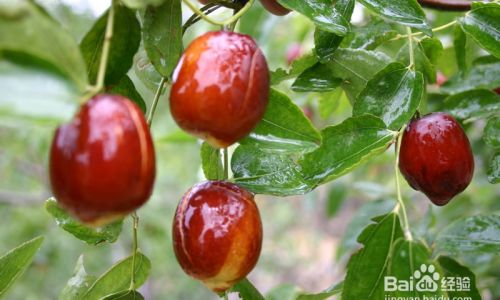
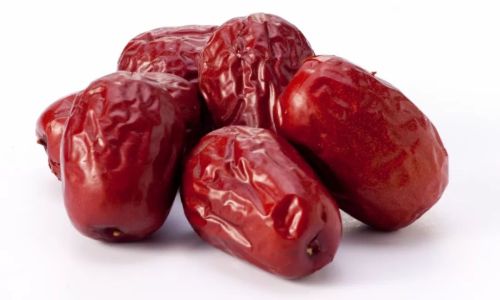
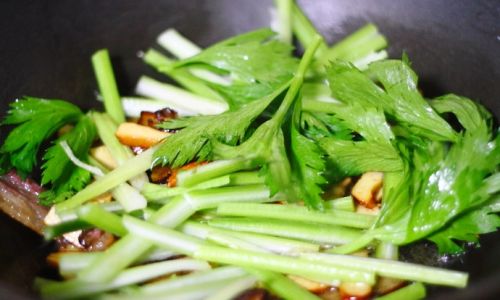
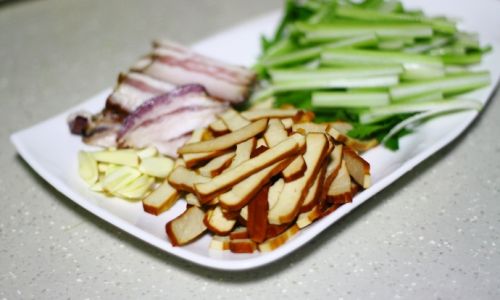
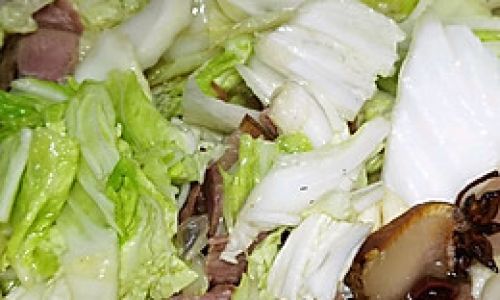
0 comments